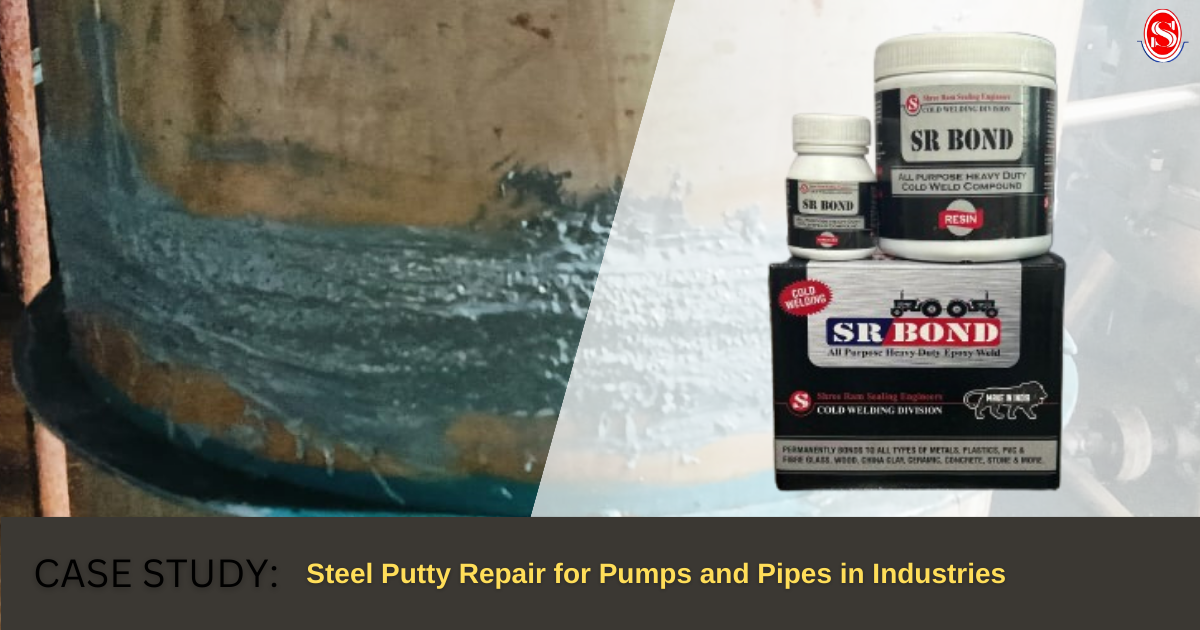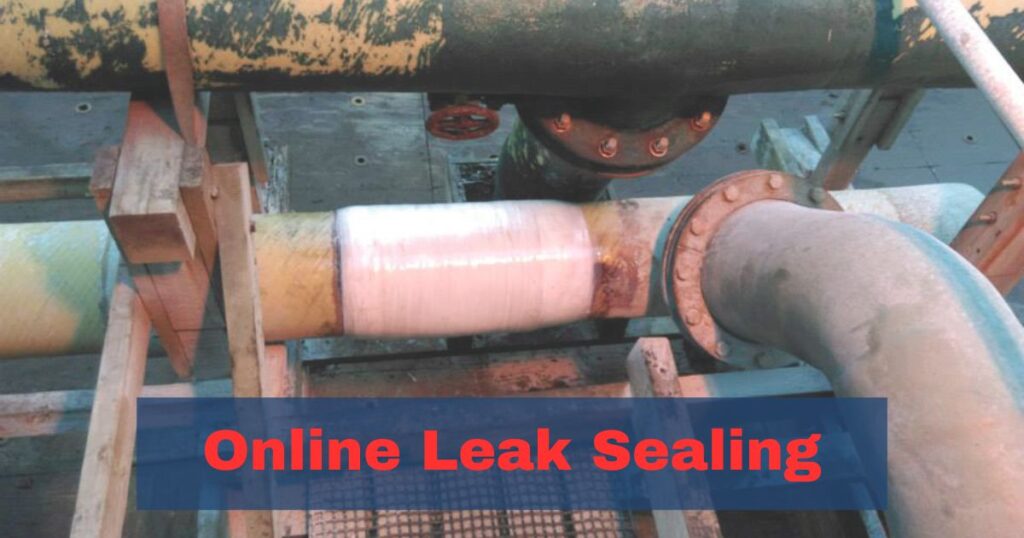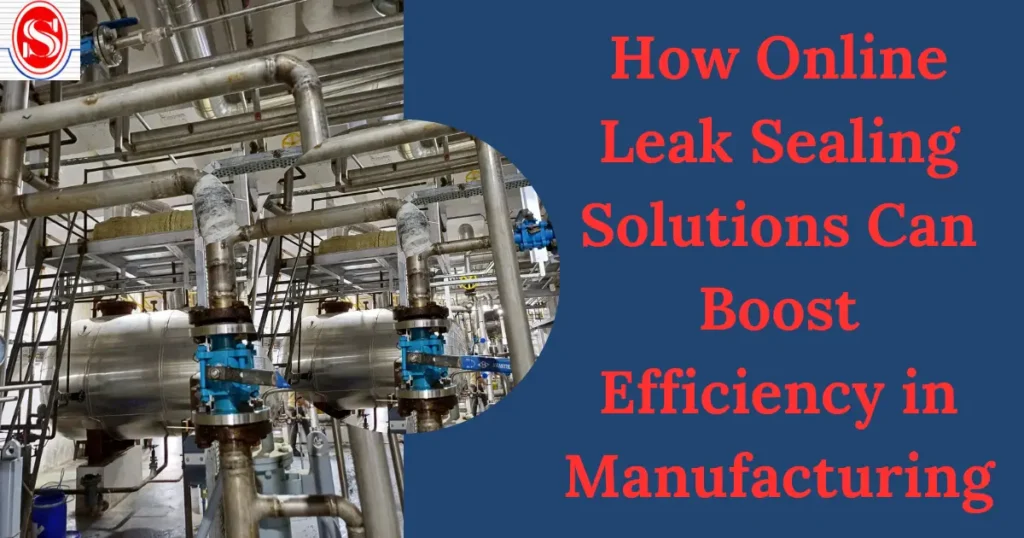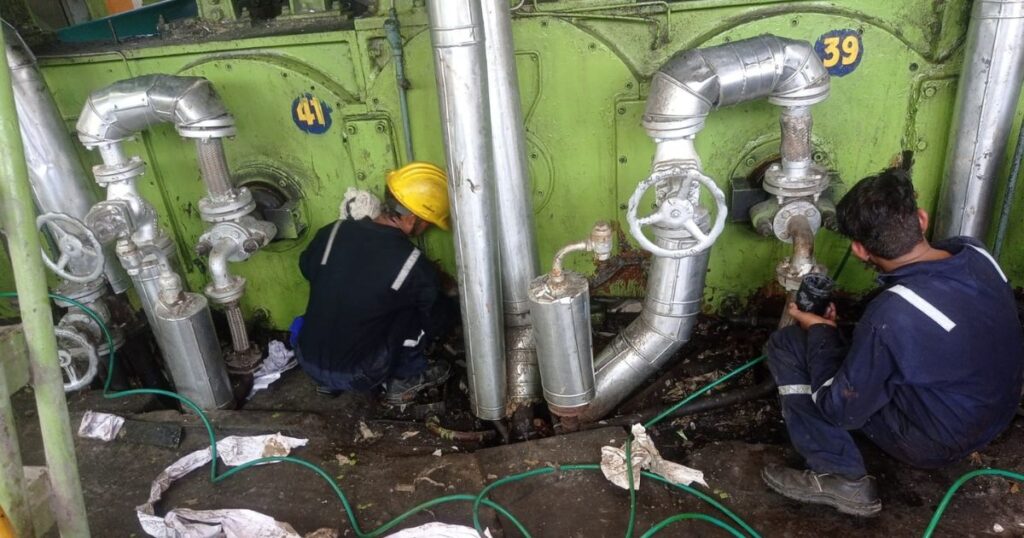
Introduction: Steel Putty Repair
In every industry, equipment works under pressure, heat, and chemicals. Pumps, pipes, and machines wear out over time. When they fail, production stops and losses begin. Replacing a whole unit is expensive and takes time. That’s why many engineers prefer Steel Putty Repair. It is quick, strong, and saves money.
I want to share one case from a chemical plant where a steel putty helped us repair a damaged pump and an effluent pipe without stopping production.
At one of our chemical plants, a critical effluent pump started leaking. The casing had developed cracks because of corrosion from strong chemicals. If the pump stopped working, the entire process line would have been affected.
The Problems We Faced:
- The metal casing had weakened due to a chemical attack.
- Stopping the pump for replacement meant hours of downtime.
- A new pump was costly and not readily available.
How We Repaired It
Instead of shutting everything down, we decided to use Steel Putty as a quick and strong solution. Here’s how we carried out the repair step by step:
- Surface Cleaning: – We started by cleaning the pump’s surface completely. All oil, grease, dirt, and loose rust were removed using solvents and wire brushes. This step was very important because even a small layer of dirt can reduce the bonding strength of steel putty. A clean surface ensures the putty sticks firmly.
- Surface Roughening:– After cleaning, we roughened the damaged metal with emery paper and mechanical tools. This created tiny grooves and a rough texture on the metal. A smooth surface does not hold putty well, but a rough surface provides a strong mechanical grip, making the repair more durable.
- Application of Steel Putty: – We prepared the steel-filled epoxy putty by mixing it properly until the color was uniform. Then, we pressed it firmly into the cracks and worn-out areas of the pump casing. The putty was applied in layers, making sure there were no air gaps, because gaps can weaken the repair.
- Shaping and Restoration:Once the putty was applied, we carefully shaped it to match the original profile of the pump casing. This step is important because restoring the correct dimensions ensures the pump operates smoothly without vibration or imbalance. We used simple tools to level and mold the putty before it hardened.
- Curing Process:The repaired area was left undisturbed for curing. Steel putty usually takes a few hours to harden fully, and during this time, it builds strength and forms a solid, metal-like bond with the pump casing. We made sure the area was kept dry and free from load until curing was complete.
- Polishing and Finishing: After curing, the surface was polished and smoothened with a grinder. This not only improved the appearance but also ensured the repaired surface matched the pump casing perfectly. The pump could now be reinstalled and used without any performance issues.
The Result:
- The leakage stopped completely.
- The pump was back in service within hours.
- The repair lasted long and avoided immediate replacement.
- The plant saved both time and money.
This experience showed us how dependable steel putty can be for emergency pump repair in chemical plants.
In the same plant, we also faced a leaking effluent pipe. It carried corrosive liquid and had developed cracks. Normally, replacing a pipe section involves cutting, welding, and long downtime. Instead, we cleaned the surface and applied Steel Putty. After curing, the bond was strong, and the pipe became leak-proof again. This simple repair kept the pipeline running without interrupting operations.
Many people ask, “What is steel putty used for?” From my experience, it is one of the most versatile repair materials.
- It repairs pumps, pipes, tanks, and flanges.
- It rebuilds worn-out shafts and casings.
- It seals cracks, holes, and leaks.
- It works in emergencies when welding or replacement is not possible.
- The main reason industries like it is because it is fast, strong, and resistant to chemicals and high temperatures.
Based on my work in plants, these are the key advantages of Steel Putty:
- Strength: Once cured, it is almost like metal.
- Chemical Resistance: Works well even in chemical plants where acids and solvents are present.
- Temperature Resistance: Handles both hot and cold conditions.
- Easy to Use: No special tools are needed.
- Cost Saving: Avoids expensive replacements.
Simple Repair Steps We Follow:
- Clean the damaged area.
- Roughen the surface for better grip.
- Mix and apply the putty.
- Shape it as required.
- Allow curing.
- Grind or machine if needed.
In my career, I have seen steel putty used in many industries:
- Chemical Plants: To repair pumps, tanks, and effluent lines.
- Power Plants: For steam pipes, valves, and turbine casings.
- Paper Mills: On rollers, pipelines, and pressure vessels.
- Sugar Mills: On cracked shafts and rollers.
- Manufacturing Units: For emergency repairs on machinery.
The chemical plant case proved one thing very clearly — Steel Putty Repair delivers results. Both the damaged pump and the leaking effluent pipe were restored in a short time, keeping production on track and avoiding costly replacements.
From pumps and pipes to shafts and tanks, I have personally seen steel putty perform reliably in real industrial conditions. It is not just a temporary patch but a trusted repair method that extends the life of equipment and saves downtime.
For industries looking for proven repair solutions, Shree Ram Sealing Engineers
provides expert services and products that make repairs faster, safer, and more cost-effective.



